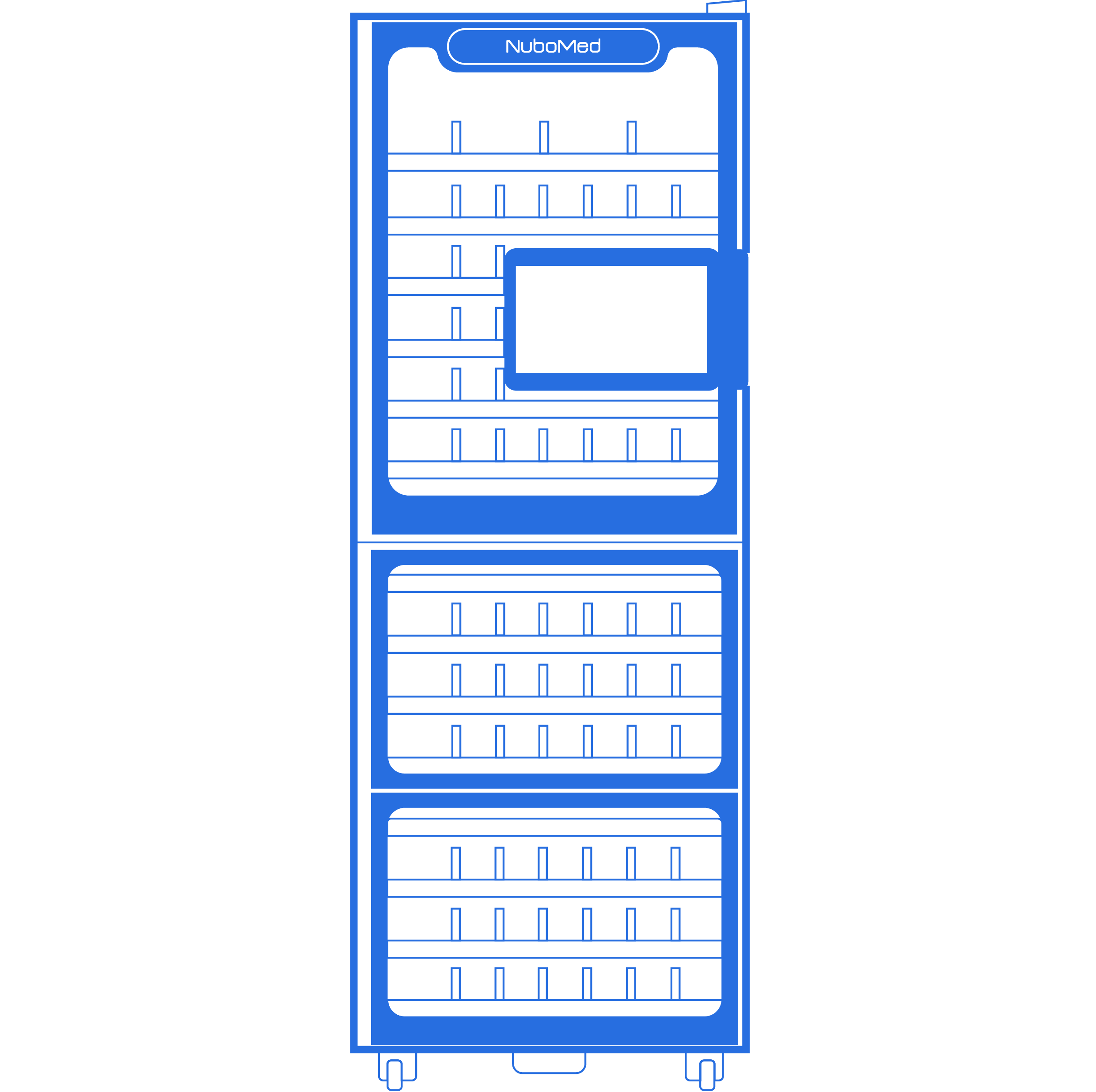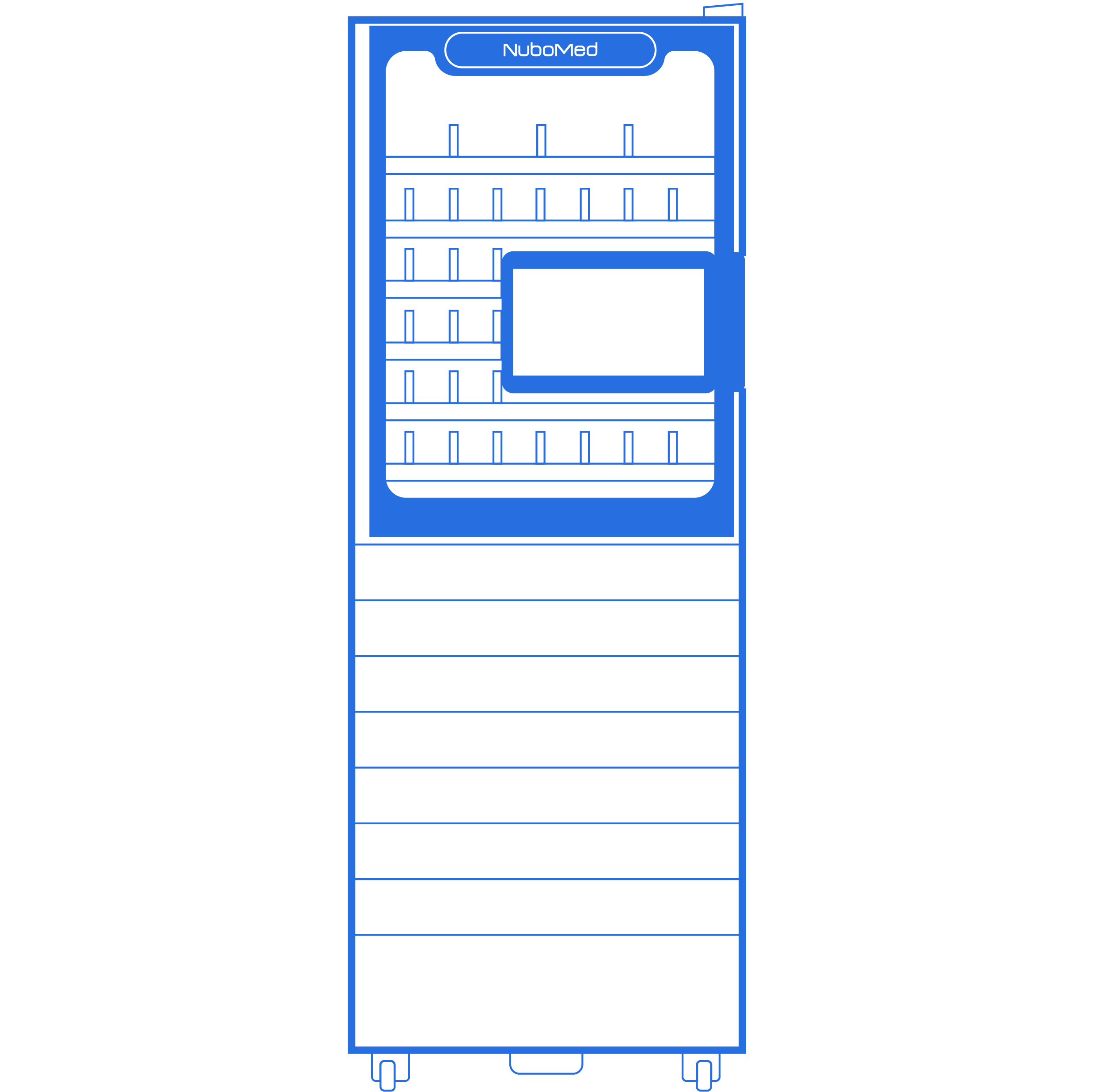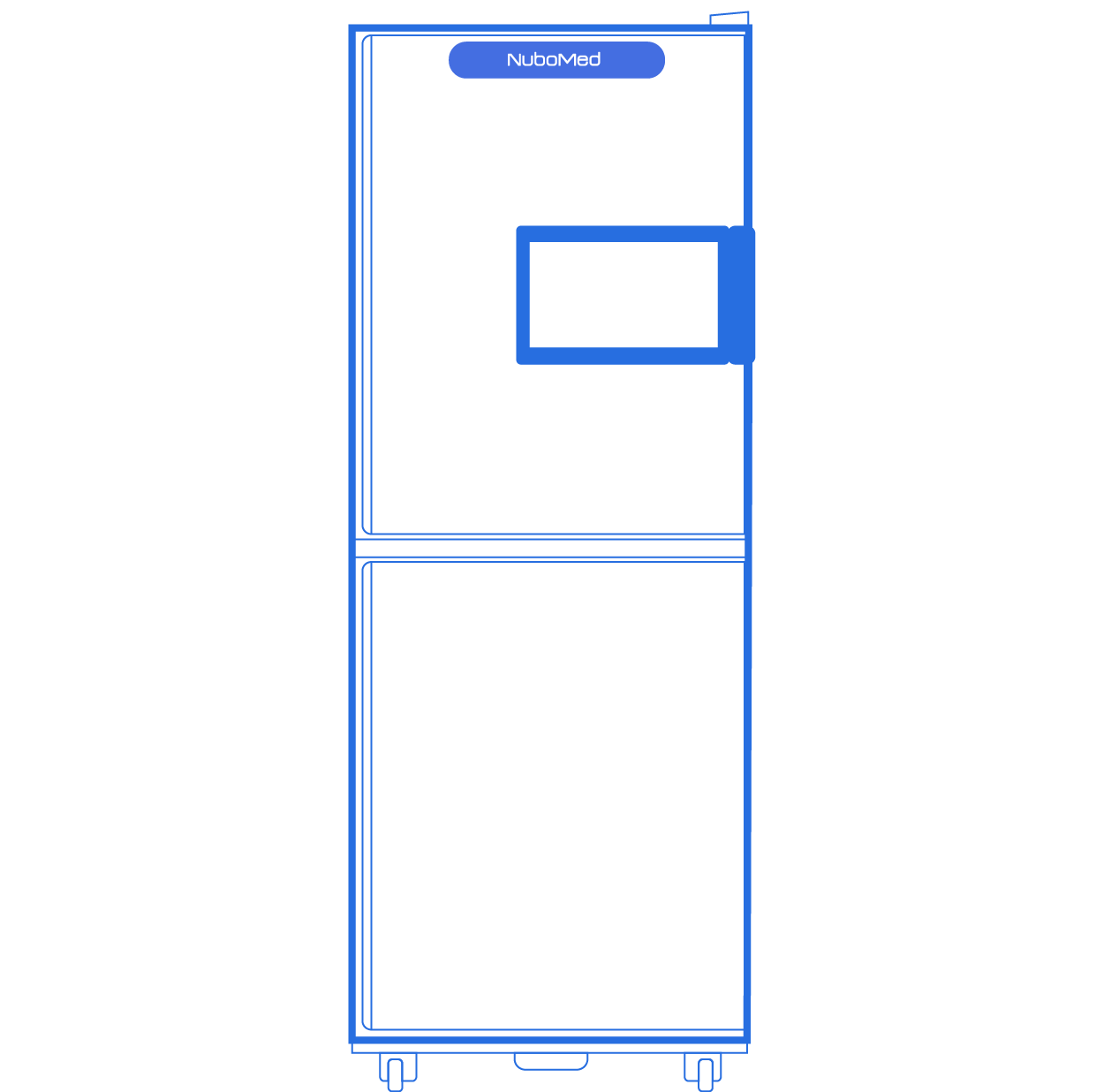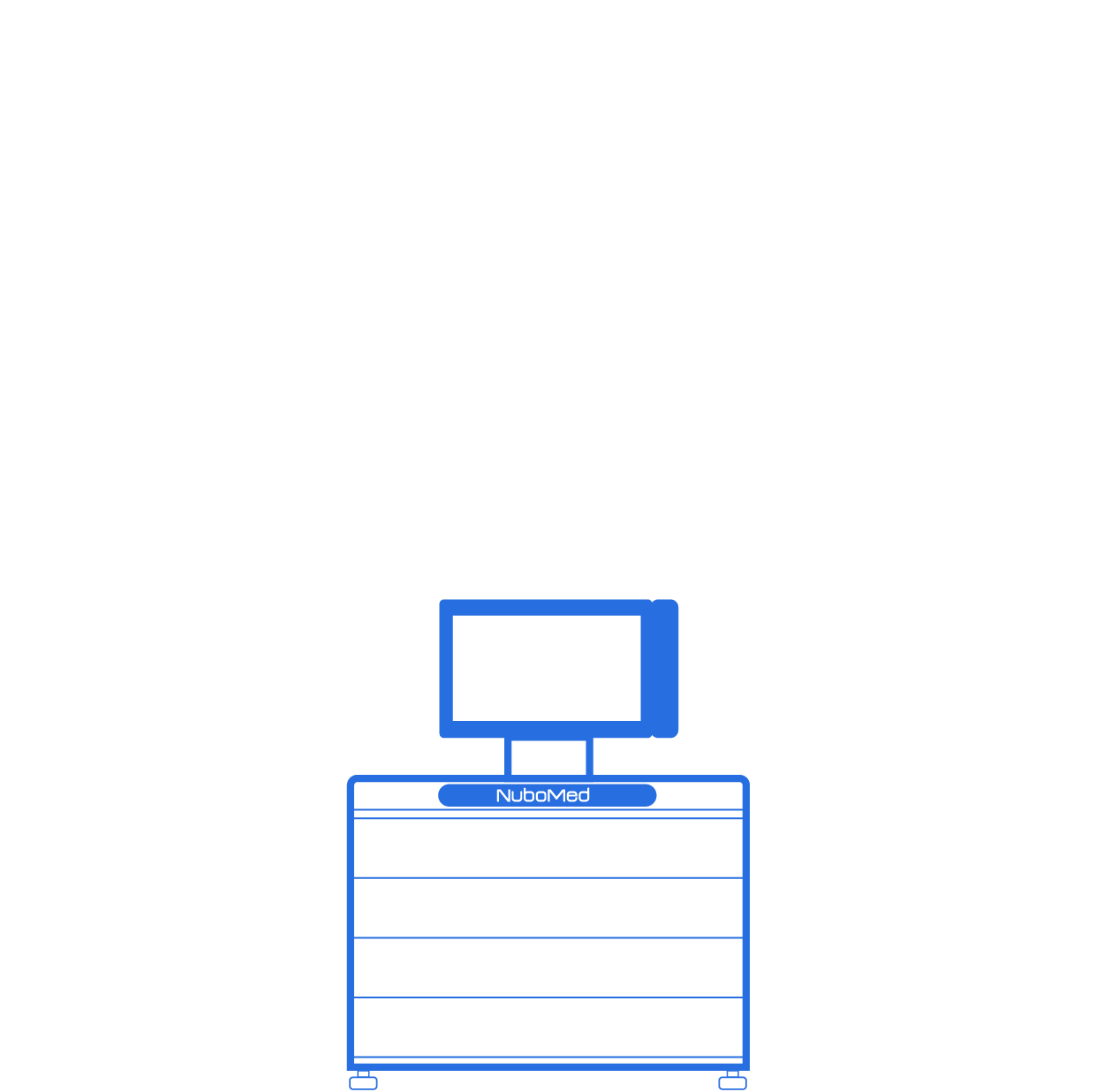- NuboMed
- Smart Hospital
- Overview
- Pharmacy
- Inpatient Ward
- Operating Room
- Products
- Intelligent Closed-loop Medication Management System
 Medication Management Cabinet
Medication Management Cabinet Medication Management Cabinet -Shelf
Medication Management Cabinet -Shelf Medication Management Cabinet-Glass Door
Medication Management Cabinet-Glass Door Medication Management Cabinet - Refrigerator
Medication Management Cabinet - Refrigerator Controlled Substance Management Cabinet
Controlled Substance Management Cabinet Medication Management Cabinet - Composite
Medication Management Cabinet - Composite Medication Management Cabinet - Safe
Medication Management Cabinet - Safe Countertop Medication Management Cabinet
Countertop Medication Management Cabinet
- Intelligent Closed-loop Medical Supply Management System
 Medical Supply Management Cabinet - RFID
Medical Supply Management Cabinet - RFID Medical Supply RFID Room
Medical Supply RFID Room
- Smart Medical Cart
 Medical Cart
Medical Cart Treatment Cart
Treatment Cart Nurse Cart
Nurse Cart Medicine Dispensing Cart
Medicine Dispensing Cart
- Case Studies
- About Us
- Company Intro
- Blog
- FAQ
- Home>
- About Us>
- Blog
Tips on Reducing Medication Errors in Your Hospital
SolutionPharmacy AutomationHospital Automation
2022-06-02 17:55:04

Medication errors in hospitals are
common and often lead to serious patient harm. A medication error is defined as
"any preventable event that may cause or lead to inappropriate medication
use or patient harm while the medication is in the control of the healthcare
professional, patient, or consumer,” according to the National Coordinating Council for Medication Error Reporting and Prevention. The U.S. Food and Drug Administration (FDA) receives more than 100,000 U.S. reports each year
associated with a suspected medication error. Some serious results of
medication errors may be death or life threatening situation, etc.
To solve the problem is quite
difficult. However, there is a solution that combines automatic technologies
and staff education. Healthcare facilities that applied this solution observed
a significant decrease in dispensing errors. One study by Bates DW, Cullen DJ,
and Laird N, identified 6.5 adverse events related to medication use per 100
inpatient admissions; more than one fourth of these events was due to errors
and was therefore preventable. Do you want to reduce medication errors in your
hospital? This blog will give you some tips that help you make the right
decisions.

Automated Dispensing Cabinets (ADCs) Technology
According to the ASHP Guidelines on the Safe Use of Automated Dispensing Cabinets, Automated
dispensing Cabinets (ADCs) use has become widespread in healthcare
institutions, with 93% of hospitals using ADCs in their medication-use systems,
and 70.2% using ADCs as a primary method of maintenance dose distribution.
There is evidence to suggest that, ADCs can have a generally positive impact in
improving the safety, quality and efficiency of care provision. ADCs provide
accurate and controlled storage, dispensing and monitoring of medications while
providing medications in an efficient and safe way. They are locking cabinets that control access to medication. Nurses
can access the cabinet by using a password or biometric identification. A
touchscreen is used to display the medication information, patient list, etc.
After nurses select the medication, the cabinet unlocks to allow access only to
the location where the medication is stored. Technology like pick-to-light
guides the nurse to the location so that they can remove the required dose. According
to a study at East London NHS Foundation Trust (ELFT), the use of the ADC led
to a reduction in the medication administration error rate from 8.9% to 7.2%,
which has been shown to have the potential to reduce medication errors and
reduce the amount of time that nurses spend on medication administration.
Barcode (BC) Technology
Efforts to reduce medication errors
have turned towards new barcode technology, including computerized order-entry
systems, and electronic medication administration systems (eMAR). Barcode
technology incorporates several technologies into both in-pharmacy workflow and
bedside implementations. With the
barcode eMAR, medications orders on the patient's electronic medical record
once verified by the pharmacist. This workflow ensures staffs are aware of any
potential allergic reactions, drug interactions, and unsafe dosing before administration. Barcode technology extends
the safety to the bedside by scanning the barcodes on the patient's wristband
and on the medication prior to administration. If the dose being scanned matched the pharmacist-approved medication order, the administration is automatically documented.
However, if the dose being scanned is not the approved one, the system will issue
a warning.

According to the study Effect of
Bar-Code Technology on the Safety of Medication Administration, the
implementation of bar-code medication-verification technology embedded in an
eMAR was associated with a 41% reduction in non timing administration errors and
a 51% reduction in potential adverse drug events from these errors. The results
of this review show that bar-coding technology may reduce medication errors in
hospital settings, particularly on preventing targeted wrong dose, wrong drug,
wrong patient, unauthorized drug, and wrong route errors.
Summary: Master Your Point of Care with ADCs And BC Technology
Automated dispensing cabinets
(ADCs) and bar-code technology are two technologies that can help you improve
your medication management process and strengthen the closed-loop medication
management. Accurate storage and dispensing processes increase patient safety;
secure administration reduces medication errors.
Are you also affected by medication
errors in your healthcare facility? Visit our catalog of
different models to see which configuration meets your needs or contact us for a free
demo today.

Related Reading
We use cookies to give you the best online experience. By using the website you agree with ourcookie policy



